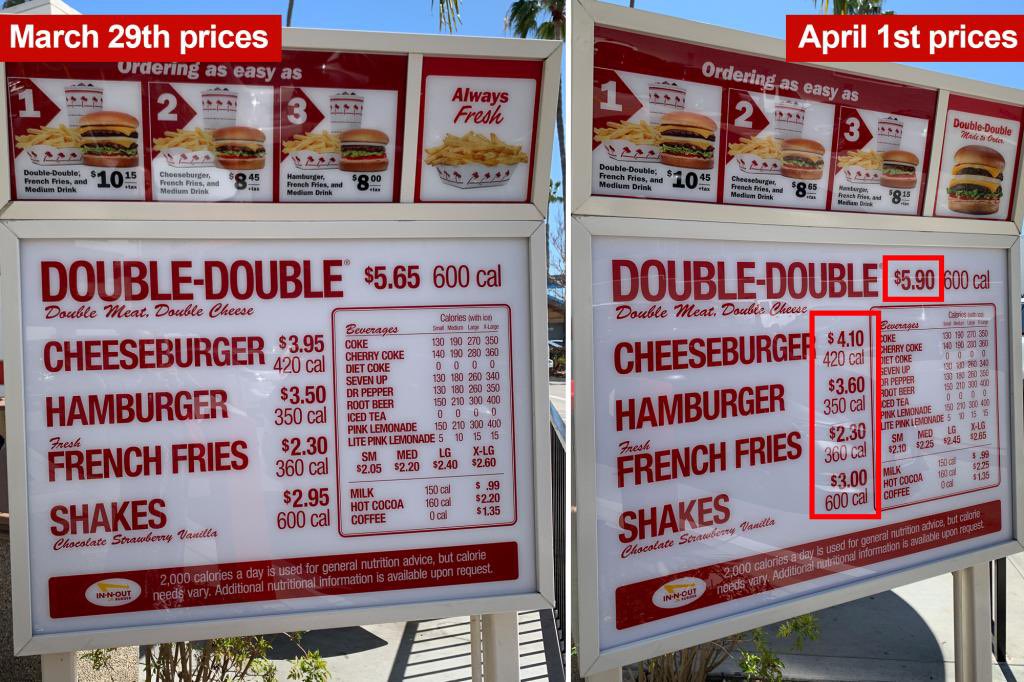Initiative 1433: To Increase the state minimum wage and to require paid sick leave
Introduction
This fall, voters will have their say on whether the state's minimum wage should be increased beyond the current $9.47 per hour that automatically increases every January based on inflation. Intitiative 1433 would increase the state minimum wage to $13.50 by 2020, with future automatic increases indexed to inflation.
In addition, the measure would, for the first time, require all employers to provide mandated paid sick leave for every worker starting in 2018.
Policy Analysis
Mandating Paid Sick Leave
Initiative 1433 would require every employer to provide paid sick leave to every worker starting 2018. There is no consideration of employer size, so a business employing two workers would have to give the same amount of paid sick time as a business with 5,000 workers.
Workers would receive one hour of paid sick leave for every forty hours worked, and they could begin using the leave after 90 days of employment. Employees would be allowed to carry over 40 hours of unused paid sick leave every year, with no limit ot how many days of accrued paid leave could be used in a year. The state's smallest employers could find themselves forced to offer two to three weeks of paid leave for one worker.
Supporters of paid sick leave point to the seeming success of Seattle's paid leave policy as evidence it will have no negative impacts. However, the provisions in Initiative 1433 are more generous and more broadly applied than the limited paid sick leave mandates currently imposed in Seattle, Tacoma and Spokane.
Increasing the Minimum Wage to $13.50
Under Initiative 1433, the state’s minimum wage would increase to $11.00 in 2017, $11.50 in 2018, $12.00 in 2019, and $13.50 in 2020. The minimum wage would then go up automatically every year according to inflation.
Voters should heed the warning of the University of Washington researchers who have studied the impact of Seattle's new $15 minimum wage law.
The UW study, which examines the first year implementation of Seattle's minimum wage law to $11, reveals while Seattle's lowest-wage workers are earning slightly more, they have suffered reduced hours and lower rates of employment.
Even worse, as a result of what the study calls the “negative unintended consequence” of fewer hours and reduced employment, Seattle’s lowest wage workers are actually doing worse compared to low-wage workers in other parts of the state. Despite the city’s hot economy, Seattle workers are “lagging behind” their counterparts from other cities with less robust economies.
The UW study also reveals prices in the restaurant industry, heavily reliant on minimum wage workers, increased an average of 9 percent after Seattle’s wage jumped to $11. Even more concerning, many Seattle employers reported they will no longer hire unskilled and inexperienced workers for entry-level jobs.
In their conclusion, the UW researchers warn against assuming a higher statewide minimum wage would have the same modest effects as Seattle’s wage law. They point out a high minimum wage could have significant negative impacts on regions where the local economy is not as strong as Seattle’s.
Conclusion
We don’t know for certain what the “negative, unintended consequence,” might be of a $13.50 minimum wage in cities whose economies are not nearly as strong as Seattle’s, and whose cost of living is much lower.
For example, the cost of living is so low in Kennewick, workers living in that city and earning the state minimum wage of $9.47 enjoy the nation’s highest “real” minimum wage. Spokane ranks 3rd in the nation and Yakima ranks 7th, thanks to those cities’ below average cost of living.
The flip side to those below average costs of living is higher than average unemployment. Yakima’s unemployment rate is 7.2 percent, compared to the state’s overall rate of 5.7 percent. Kennewick’s unemployment rate is slightly better at 6.6 percent, with Spokane at 6.8 percent.
Cleary, many people in Washington are already struggling to find work at the state’s current $9.47 minimum wage. Those workers who cannot find a job would not benefit from a $13.50 mandated wage or a paid sick leave mandate, and they would have an even harder time finding a job.
These harmful effects would likely be amplified in border communities in Eastern Washington, where businesses must compete with employers in Idaho who pay a much lower state minimum wage of $7.25 per hour. Not only would Washington’s employers be at a competitive disadvantage due to their increased cost of doing business, the higher wage would increase the competition for jobs as workers from Idaho cross the border into Washington in search of higher wages. More competition for jobs that are already scarce in many cities would put even more pressure on unemployed and low-skill workers.
Washington is already struggling with the nation’s 7th highest jobless rate, creating real hardship for the unemployed and low-income families across the state. The policies required under Initiative 1433 would make Washington’s employment situation worse, by imposing even more limitations on the state’s labor market.
Download Initiative 1433: To Increase the state minimum wage and to require paid sick leave as a PDF





